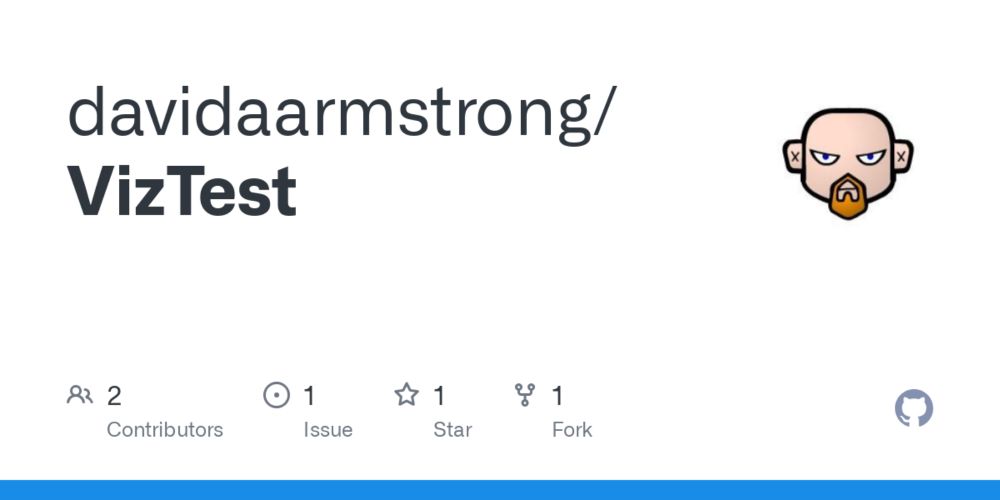
MA from NYU and @universitelaval.bsky.social
Check my work here https://williampo1.github.io/
www.cambridge.org/core/journal...
www.cambridge.org/core/journal...
instats.org/seminar/usin...
instats.org/seminar/usin...

instats.org/seminar/usin...
instats.org/seminar/usin...
And the Stata version here: github.com/davidaarmstr...

And the Stata version here: github.com/davidaarmstr...


